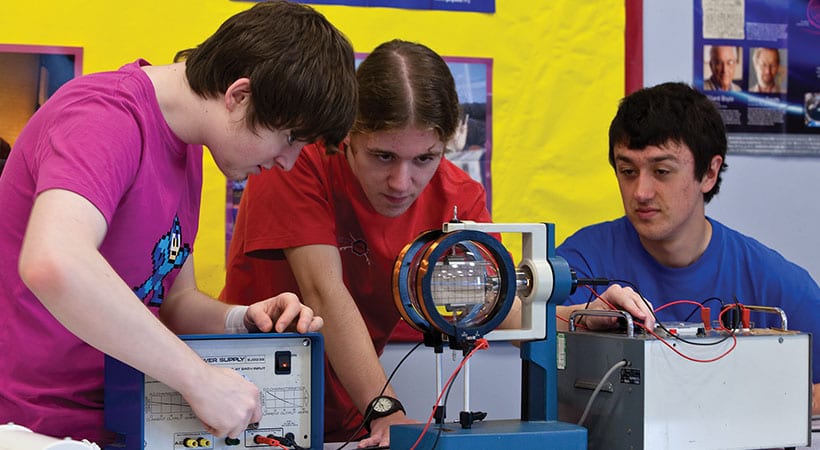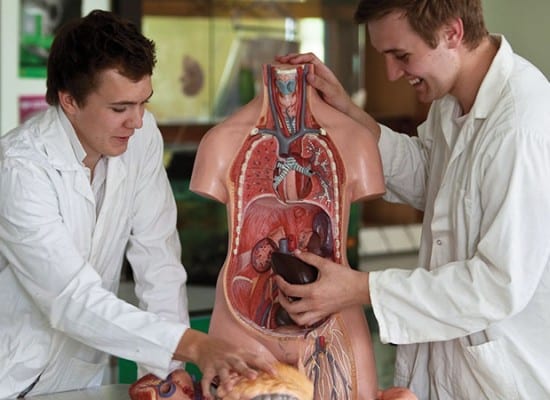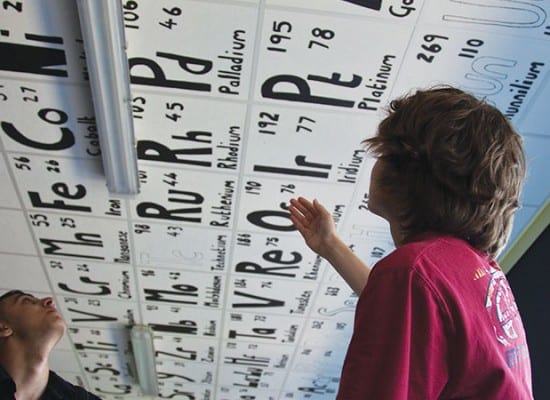What are the entry requirements?
5 GCSEs at A*- C to include Science (Grade B) and Maths (Grade B).
Course Outline
A Level Physics course outline:
Module 1: Development of practical skills.
Module 2: Foundations of physics.
Module 3: Forces and motion.
Module 4: Electrons, waves, and photons.
Module 5: Newtonian world and astrophysics.
Module 6: Particles and medical physics.
How will I be assessed?
As:
2 written papers, each with 20 marks multiple choice and 50 marks from structured questions, worth 50% each.
Papers 1 and 2 can assess any content from Modules 1 to 4.
A2:
3 written papers, Paper 1 and 2 each have 15 multiple choice marks and 85 marks from structured questions, and are worth 37% each. Paper 3 has 70 marks from structured questions and is worth 26%.
Paper 1 assesses content from Modules 1, 2, 3 and 5
Paper 2 assesses content from Modules 1, 2, 4 and 6 plus any material appropriately flagged within the specification from Modules 3 and 5
Paper 3 assesses content from Modules 1 to 6. A separate mark for Practical endorsement is reported as a pass or a fail and is assessed internally through the year.
What will I study?
You will look at the very big and the very small (galaxies to subatomic particles); work on how physics is used in medicine, how a mass spectrometer works or how a transformer functions; you will look at classical Newtonian physics familiar from GCSE, as well as more recent models of the world such as quarks and antimatter.
Module 1 – Development of Practical Skills. Includes skills of planning, implementing, analysis and evaluation.
Module 2 – Foundations of Physics. Includes physical quantities and units, scalars and vectors, and measurement.
Module 3 – Forces and Motion. Includes motion; forces in action; work; energy and power; materials; and Newton’s laws of motion and momentum.
Module 4 – Electrons, Waves and Photons. Includes charge and current; energy, power and resistance; electrical circuits; waves and quantum physics.
Module 5 – Newtonian World and Astrophysics. Includes thermal physics; circular motion; oscillations; gravitational fields; and astrophysics.
Module 6 – Particles and Medical Physics. Includes capacitors; electric fields; electromagnetism; nuclear and particle physics; and medical imaging.
Where can it lead me?
Engineering, research, management, finance, construction, medicine, law, in fact any profession that requires critical thinking and problem solving skills. Physics is one of the very hardest A levels, and is therefore an excellent choice to provide more able students with a stand-out feature on their CV during the university application period.



